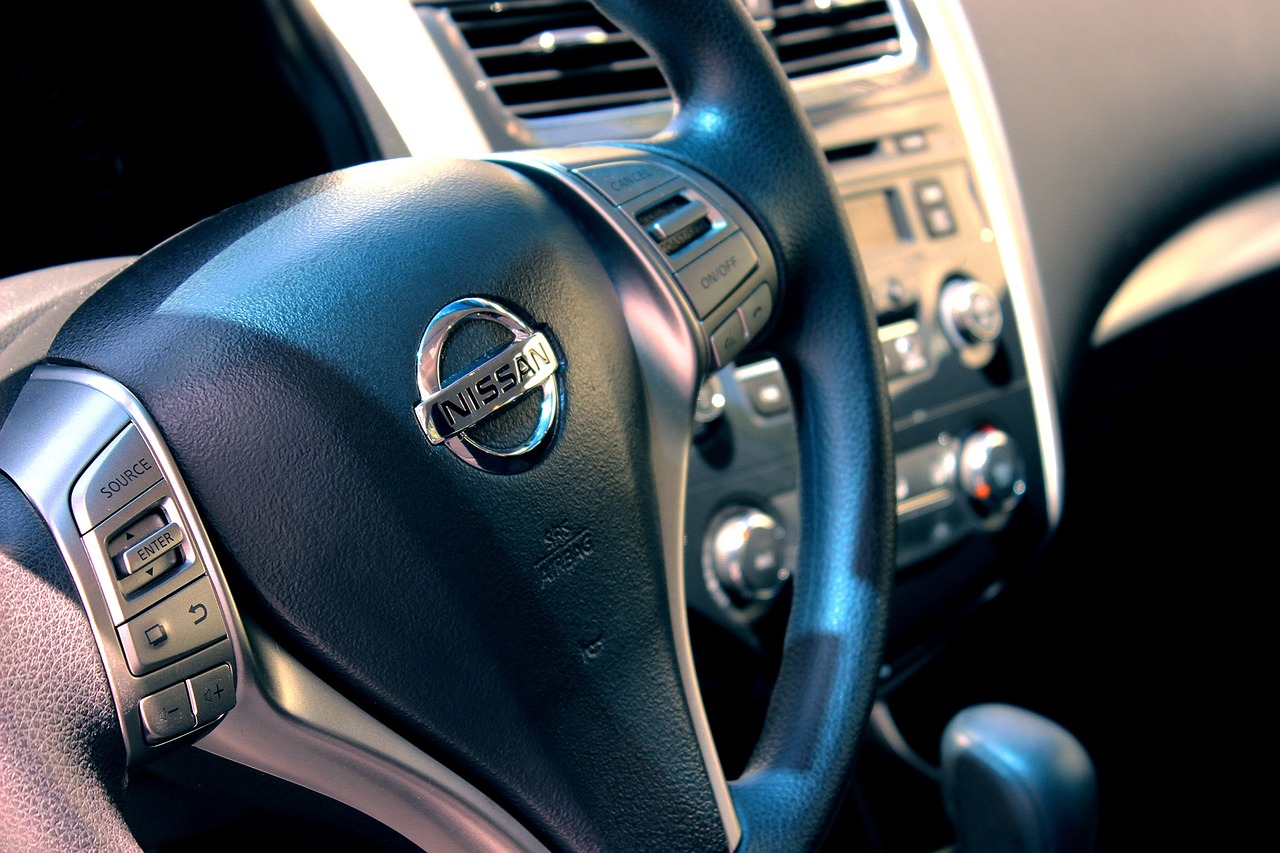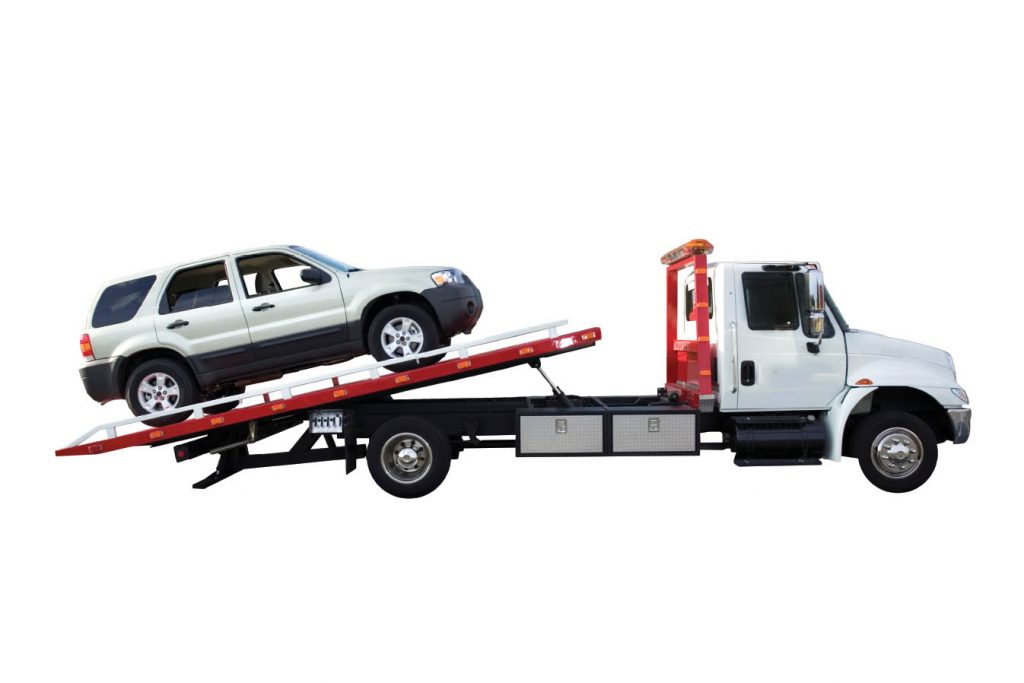Major Challenges Self-Driving Cars Still Have to Deal With

Revolutionary advancements in technology have paved the way for self-driving cars to become a reality. With promises of increased safety, improved efficiency, and reduced congestion on our roads, it’s easy to see why autonomous vehicles are generating so much excitement. However, as with any groundbreaking innovation, there are still significant challenges that must be addressed before we can fully embrace this futuristic mode of transportation.
Unpredictable Road and Weather Conditions
While these vehicles are equipped with advanced sensors and algorithms to detect obstacles, they still struggle when faced with unexpected situations. For instance, heavy rain or snow can impair the visibility of cameras and lidar sensors, making it difficult for self-driving cars to accurately perceive their surroundings. Slippery roads also pose a challenge, as autonomous vehicles need to adjust their driving behavior accordingly. Furthermore, road construction zones or detours may not be accurately mapped in real-time on navigation systems, causing confusion for self-driving cars. Unmarked lanes or faded lane markings can also cause errors in perception and decision-making.
Luckily, advanced artificial intelligence algorithms along with HD map integration are being developed to better handle adverse weather conditions by utilizing additional data sources such as radar technology.

Traffic Conditions
Navigating through busy roads filled with vehicles, pedestrians, and cyclists can be a complex task for an autonomous vehicle. The ability to accurately detect and interpret traffic signs, signals, and lane markings is crucial for safe navigation. In addition to following traffic rules, self-driving cars also need to anticipate the actions of other drivers on the road. This requires advanced perception systems capable of analyzing the movements and intentions of nearby vehicles in real time. Furthermore, heavy congestion during peak hours can pose significant challenges for self-driving cars. Maneuvering through tight spaces and merging into traffic lanes require precise control over acceleration, braking, and turning.
Radar Interference
Radar technology plays a crucial role in allowing autonomous vehicles to detect and identify objects on the road, such as other vehicles, pedestrians, and obstacles. However, there are instances where radar signals can be disrupted or interfered with, posing potential risks for these smart cars. Various factors can contribute to radar interference. These include electromagnetic noise from other electronic devices or infrastructure near the road, adverse weather conditions, as mentioned, and physical objects such as buildings and bridges, which can cause reflections and echoes that interfere with the radar signals.
Accident Liability
Now let’s talk about the issue of accident liability. With traditional vehicles, it is usually clear who is at fault in an accident – the driver behind the wheel. However, with autonomous vehicles, this becomes a bit more complicated. In cases where accidents involving self-driving cars occur, determining responsibility can be challenging. Is it the fault of the car manufacturer for any flaws or malfunctions in their technology? Or should blame be placed on the human occupant for not taking control when necessary? These questions surrounding accident liability need to be answered before self-driving cars can truly become mainstream.
While we are still some ways away from fully embracing a world filled with self-driving cars, it’s important not just for developers but also society as a whole to address these challenges head-on. By doing so, we pave the way for safer roads with reduced congestion and increased accessibility for all drivers.



